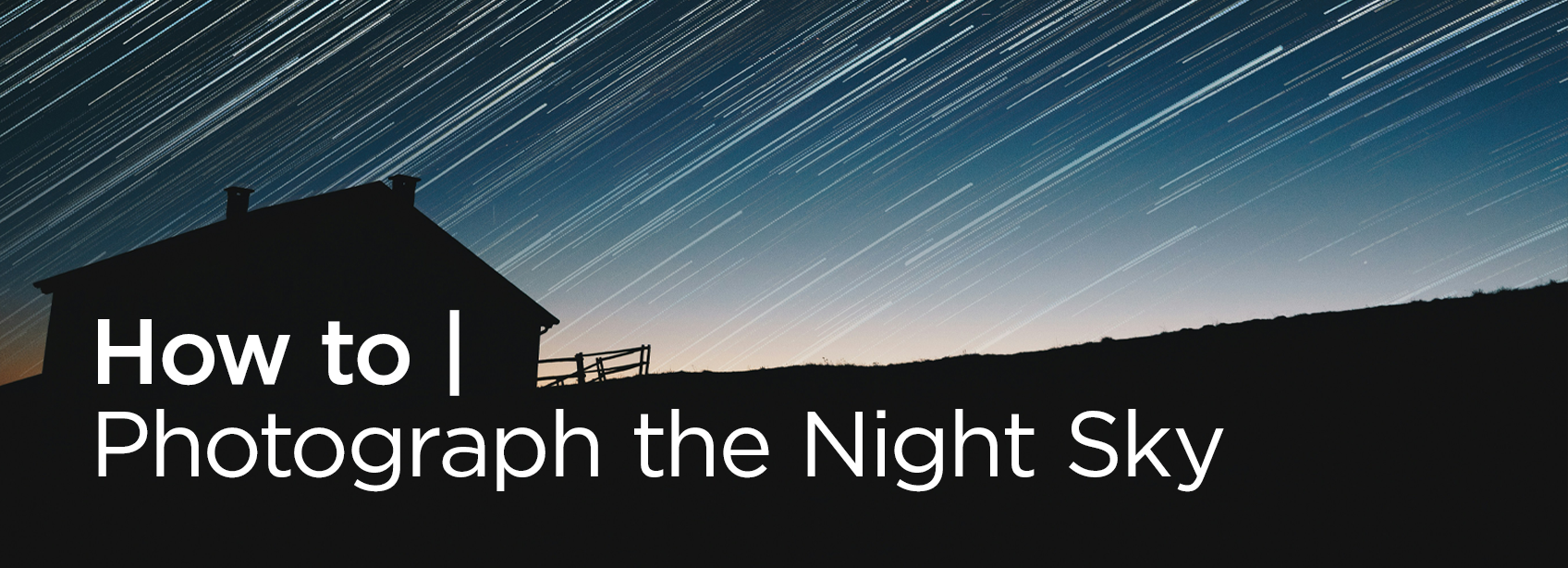
The International Space Station (ISS) passes regularly over the UK skies, and for the eagle-eyed observer, it is an intriguing and tantalisingly brief challenge to spot, and better yet, to capture photographically.
Getting a good photograph of the ISS, much like getting a good photograph of any night-sky object, requires planning and forethought. You can’t just go outside and point a camera upwards — it requires planning and care to maximise your chances (not to mention a clear sky).
If you're just starting out with night-sky photography, consider taking a look at our guide on How to Photograph the Night Sky where we discuss the best kit and techniques.
But if you want some tips and tricks to improve your odds of getting a great photograph of the International Space Station, this is the place to be.
Expert tips on how to photograph the ISS
We spoke to astronomer and author Tom Kerss to get some expert advice on how to maximise your chances of capturing a clear, sharp image of the International Space Station.

Image credit: Filippo Galati
Key things to remember
Tom Kerss: The ISS is Earth’s second largest satellite (after the Moon) and, at peak brightness, outshines all of the planets, making it routinely the third brightest object in the sky (after the Moon and the Sun.)”
Broadly speaking, ISS passes go from the west to the east, and last a few minutes. The best passes are those with the highest peak altitude. Occasionally, the particular angle of the Station and its solar arrays can result in a very bright pass!
The best advice I can give is to familiarise yourself with the basics of photographing the night sky, as despite its relative brilliance, the ISS effectively appears as a fast-moving star. There are two main aspects to consider: using the right equipment and setting your exposure accordingly, and actually knowing where to point your camera. Fortunately, ISS passes are perfectly predictable – they have to be, else we’d end up losing our own space station!
“But you need to consider what sort of photo you wish to take. In the absence of a telescope, with a mount designed to track the ISS, why not try to capture the Station’s motion as an artificial star trail? Using a longer exposure will also bring out background stars as well as foreground details that may add to your shot.”

Image credit: Paul Willows via Flickr
The best gear to use
Tom Kerss: I highly recommend starting out simply with a camera on a static tripod. The secret to a great ISS shot is getting perfect focus on the stars (use Live View and manual focus) and including a nice landscape or foreground. You could even pose in the photo and capture humans on Earth and in space in one photo!
A telescope is only necessary to capture details, such as solar arrays and the module structure. Telescopic ISS photography is relatively difficult, even for experienced astrophotographers, since most equipment needs modification before it will track the correct path.
Useful resources
Tom Kerss: If you’re starting out at satellite photography, head over to heavens-above.com (the hyphen is very important here!) If you’re ready for more advanced information, I highly recommend calsky.com.
If you would like to have a go at photographing the ISS, consider our guides to the best cameras for astrophotography and the best lenses for astrophotography.
Tips and tricks articles
About the Author
Jon Stapley is a London-based freelance writer and journalist who covers photography, art and technology. When not writing about cameras, Jon is a keen photographer who captures the world using his Olympus XA2. His creativity extends to works of fiction and other creative writing, all of which can be found on his website www.jonstapley.com









